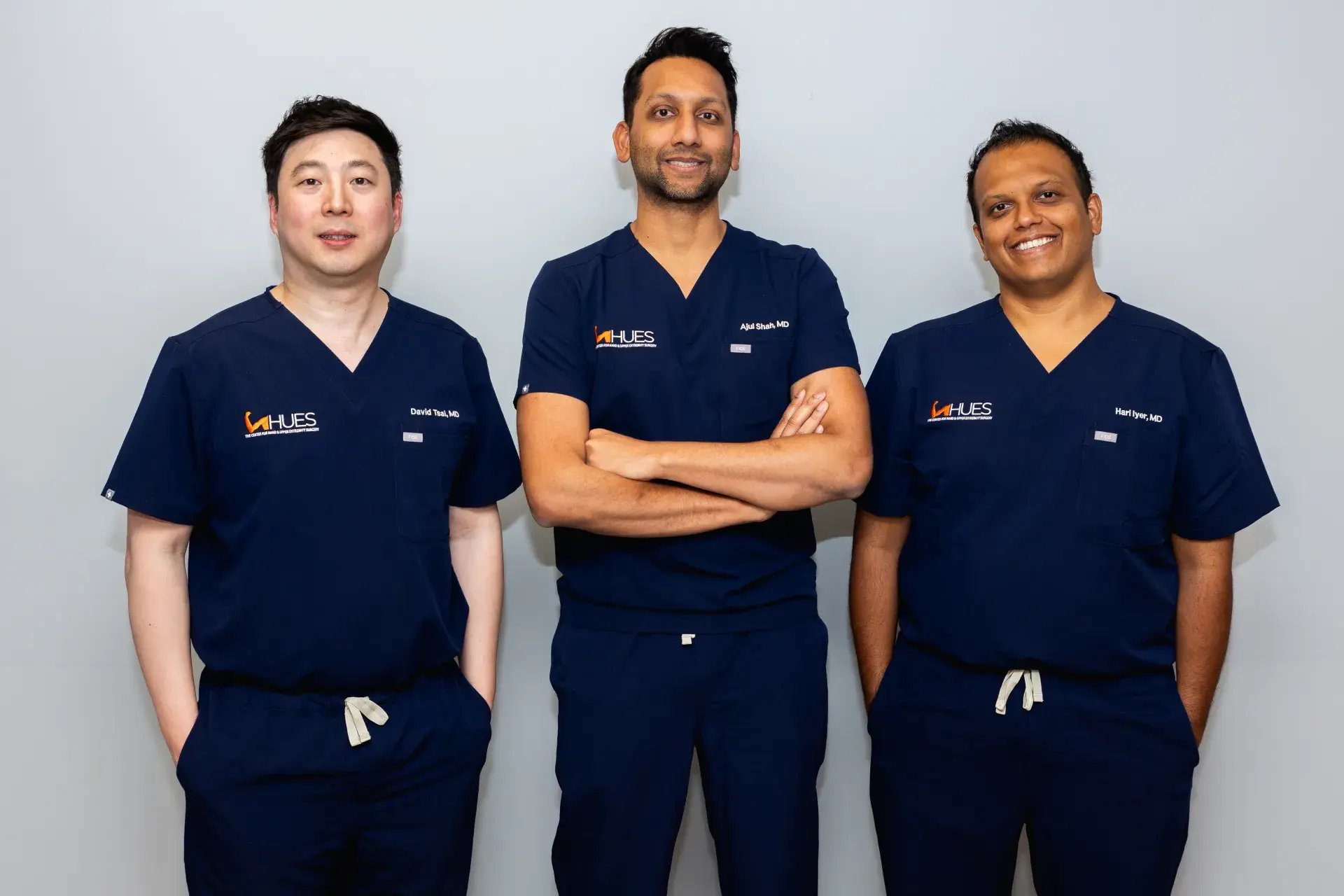Several non-surgical interventions are available to address suprascapular nerve entrapment. When conservative measures prove insufficient, surgical interventions may be necessary. Your treatment approach will depend on the cause and severity of the entrapment.
Non-Surgical Treatments
Medication
Medications like non-steroidal anti-inflammatory drugs (NSAIDs), such as ibuprofen or naproxen, can reduce inflammation and pain.
Physical Therapy
Physical therapists employ a combination of exercises, stretches, and manual techniques to strengthen the muscles surrounding the shoulder, alleviate nerve compression, and enhance posture.
Steroid Injection
This procedure involves injecting corticosteroids directly into the affected area around the suprascapular nerve. The anti-inflammatory properties of steroids can help reduce swelling and alleviate discomfort, providing temporary relief.
Surgical Treatments
Nerve Decompression Surgery
This surgical procedure involves identifying the ligament that is compressing the suprascapular nerve and releasing it. Other causes such as bone, scar tissue, or cysts, may also need to be eliminated. Decompressing the nerve provides more space for it to move freely without irritation.
Nerve Graft Surgery
This procedure involves taking a section of healthy nerve tissue, often the sural nerve from the leg, and grafting it to bridge the damaged section of the injured suprascapular nerve. This helps regenerate the nerve fibers and restore nerve functionality over time.
Nerve Transfer Surgery
During this surgery, a surgeon transfers part of a working nerve close to the suprascapular nerve, often part of the spinal accessory nerve, and connects it to the branches of the suprascapular nerve to restore function. This nerve transfer helps reinnervate the rotator cuff muscles. This is often necessary for specific kinds of brachial plexus injuries.
Tendon Transfer Surgery
This surgery takes a working tendon and transfers it to attach to the rotator cuff muscles weakened by the compressed suprascapular nerve. This helps restore movement and function to the shoulder joint.



